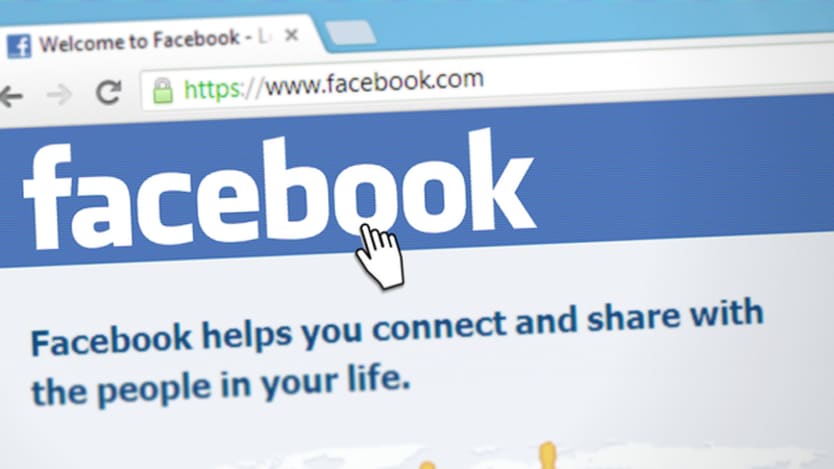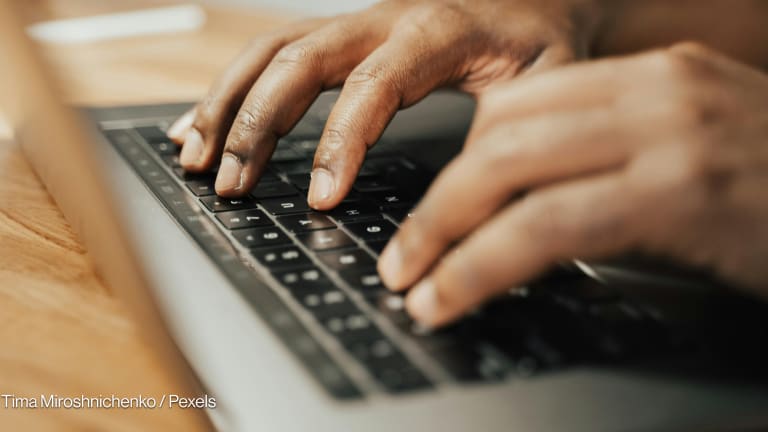
SAN FRANCISCO — An explosion in Benghazi, Libya. A tropical cyclone in Tonga. An earthquake in Hualien City, Taiwan.
Having first introduced Safety Check, which allows users to mark themselves as safe following a disaster, Facebook rolled out Community Help, which allows people to find and give help after a crisis. Until this week, individuals working for aid organizations could only engage with the disasters listed on Facebook’s Crisis Response page through their personal Facebook profiles. But on Thursday, the company announced that organizations and businesses will now be able to post in Community Help.
The move builds on efforts by the social media giant to become the place where not only citizens but also responders check in following emergencies.
“Our priority is to build tools that help keep people safe and provide them with ways to get the help they need to recover and rebuild after a crisis,” Asha Sharma, product lead for Social Good at Facebook, wrote in a release. “We hope this update makes it even easier for people to get the help they need in times of crisis and will give businesses and organizations an opportunity to build stronger communities around them.”
See more related topics:
► Facebook to eliminate fees for donations to NGOs
► New Facebook philanthropy partner reflects trend toward long-term disaster response
► To connect the world, Facebook builds human networks, not just physical ones
► Facebook introduces disaster maps, announces early partners
Facebook launched Community Help a year ago to make it easier for people to ask for help and provide support during a crisis. Since its launch, there have been over 750,000 posts, comments, and messages for more than 500 crises. Now, the company is rolling out the feature to pages for organizations including Direct Relief, International Medical Corps, and Save the Children, as well as some less obvious names in a release about crisis response, including Lyft. These partners will be able to use Community Help with their official Facebook pages, rather than identifying workarounds via personal Facebook profiles. In the coming weeks, Facebook will open up the option to more organizations and businesses, who will start to see the option to post from their pages.
“This is an important new tool to help people affected by sudden disaster, because they will be able to connect more quickly with information and resources,” said Rebecca Milner, who, as vice president of institutional advancement at International Medical Corps, focuses on public-private partnerships with groups including Facebook. “We’re excited to tap into that reach to help us get out critical information about medical relief and services when and where people need it most.”
Facebook is not the first company to try and solve this problem of how to match people who need something with people who have something to offer. Startups have tried and failed, marketing themselves as the “eBay” of humanitarian assistance, then finding that they do not have the networks to deliver on that promise. But as the largest social network in the world, Facebook has a competitive advantage.
“Facebook already has this gigantic network, so they have the scale, and if they can link that to authorized and verified organizations capable of providing assistance, and demonstrate that connections happen and have merit, you have something there,” Andrew Schroeder, director of research and analysis at the medical relief nonprofit Direct Relief, told Devex.
Still, while Safety Check and other features build on the demands of their users, Facebook is new to the field of crisis response, and the solutions are never simple. One challenge is that big companies that commit to doing work in disaster relief and refugee aid tend not to work with smaller grassroots groups, and instead default to the big players, said Amanda Levinson, co-founder of NeedsList. Her platform allows vetted groups working with refugees to post their volunteer, funding, and supply needs. Individual or corporate donors can then support those NGOs by completing tasks, donating funds, or purchasing from local suppliers, in an all-in-one needs management tool that the Facebook platform does not yet offer.
Facebook is just one example of a company whose work in disaster response extends beyond corporate social responsibility. Any work that increases the numbers of users, or the minutes they spend on the platform, is good for business.
At the World Economic Forum meetings in Davos, Switzerland, in January, Cisco organized a breakfast conversation together with NetHope and Mercy Corps on accelerating disaster response through collaboration and technology.
“15 years ago, you would talk with an organization about using technology, and it was, ‘ugh, I’ll take the technology, but can I get a grant as well?’” said Tae Yoo, vice president of corporate affairs at Cisco.
While Cisco has its own in-house emergency response unit, the company also advises and supports nonprofit partners, and co-founded NetHope in part because the company was seeking ways to go beyond one-on-one communications and talk with a coalition of NGOs, Yoo said.
Facebook will make the feature available to more organizations in the coming weeks, building on a trend of rolling out new products to a range of partners before making it more widely available.
“Our belief is that the community can teach us new ways to use the platform. We saw people using Facebook to tell friends and family they were OK after crises, so in 2014 we launched Safety Check to make that behavior even easier. Since then, Safety Check has been activated hundreds of times, but we know we can do more to empower the community to help one another,” Naomi Gleit, vice president of Social Good at Facebook, wrote last year, when Community Help first launched.
Opening it up to organizations represents just the latest example of how Facebook is attempting to put its platform at the center of disaster response globally. Last year, it launched a disaster map initiative to help organizations leverage the data on where populations are located, how they are moving during a crisis, and where they check in safe. And last week, the company announced it would introduce its Safety Check feature on Facebook Lite in more than 100 countries where networks tend to be slow and unreliable.
As Facebook continues to leverage the power of its platform for humanitarian response, the key will be not only to surface demands for humanitarian services, but to match those needs with organizations who are able to deliver, said Schroeder.
“If Facebook can play a mediating role that allows people to find what they’re looking for, just given the scale of its user base and the global nature of it, I think that’s a helpful role, but they need to make sure organizations are able to adequately represent what they are providing, and do that in a framework recognized within best practices for how we communicate what assistance is being offered,” he said.
Meanwhile, Direct Relief will continue to partner with Facebook in the two areas Schroeder said represent the company’s core value — its user data and its ability to connect people — leveraging that further for disaster response.








